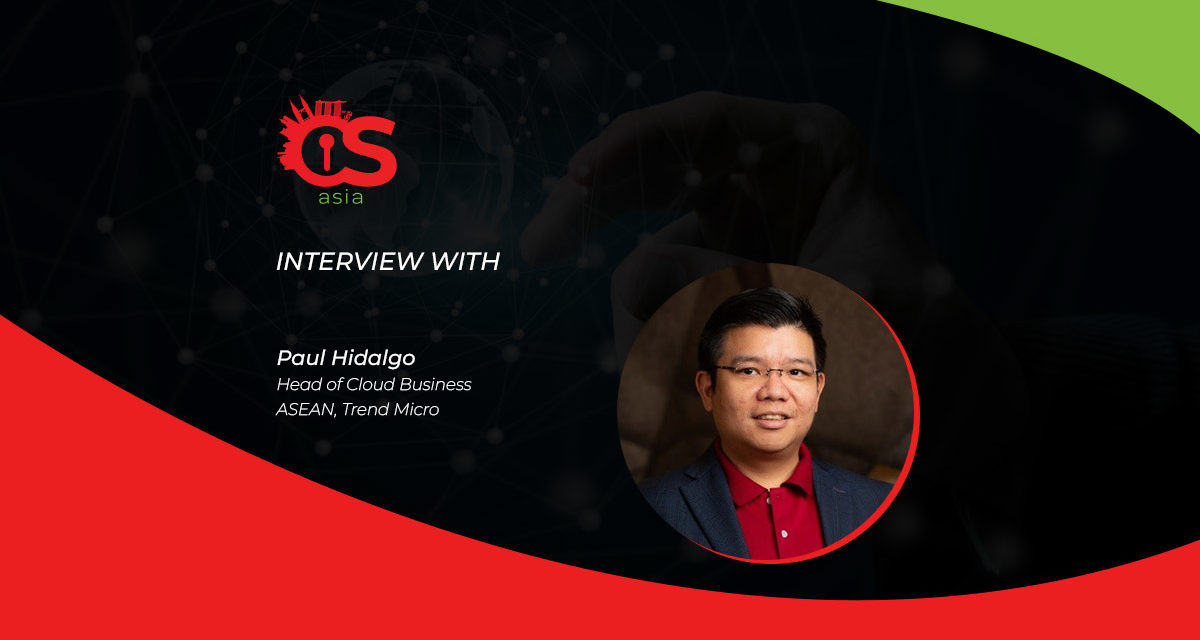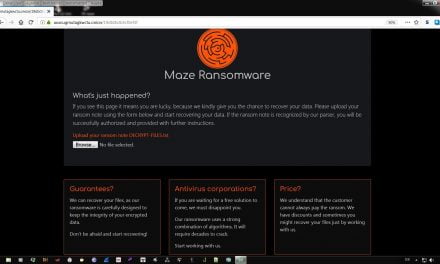Did the Cloud let CISOs down in years past? Did the pandemic and the hybrid-work movement exacerbate cloud security challenges?
When cloud computing was in its formative years, cybersecurity with traditional or updated legal solutions often got CISOs by.
However, with increased adoption surging (especially during the COVID-19 pandemic) due to digital transformation pressures, and with cybercriminals getting hungrier and cloud-empowered, the landscape of cloud security has taken a drastic turn.
CybersecAsia interviewed a cloud security specialist, Paul Hidalgo, Head of Cloud Business (ASEAN), Trend Micro to try and dissect the complexities involved in optimizing cloud investments while tightening cyber resilience.
CybersecAsia: Can you summarize your 2023 experiences in addressing cloud security, specifically for hybrid-cloud environments?
Paul Hidalgo (PH): The increase in cloud computing (including hybrid-cloud environments) adoption has had cybersecurity implications in four key areas: security standards; tools and platform management; integration of cloud-native security tools; and alignment in security teams.
- First, one of the most pressing issues in hybrid-cloud environments this year that I noticed in customers is maintaining a consistent standard of security across both on-premises and cloud infrastructures. With data and applications distributed between different environments, ensuring uniform security protocols becomes complex.
- Second, as hybrid setups often involve the coexistence of both legacy and new technologies within the same infrastructure, it has often led to the use of multiple, potentially disjointed, security tools.
- Third, as organizations move part of their operations to the cloud, there has been a growing need to integrate cloud-native security tools with existing on-premises tools. Experience tells us this integration must be seamless to avoid any lapses in security.
- Lastly, as a by-product of hybrid environments, on-premises teams and cloud teams in 2023 have often had differing perspectives and approaches to security.
CybersecAsia: What are the challenges that organizations in the region face when it comes to cloud adoption and cybersecurity?
PH: First and foremost, cloud security stands out as a pressing concern. Many customers in South-east Asia have acknowledged having security blind spots, particularly within cloud environments, which are often perceived as particularly opaque. Furthermore, using multiple cloud service providers has posed several challenges for cybersecurity.
Second, some studies suggest that a third of cloud spending often goes to waste. Organizations have been grappling with the issue of rising cloud costs as well.
Beyond these specific cloud adoption challenges, a broader issue looms: the widening IT skills gap and the cybersecurity talent shortage in the region. The ISC2 survey suggested that the gap between the cybersecurity workforce and the number of professionals required had grown by 26%.

CybersecAsia: Traditional security paradigms and tools do not seem adequate for addressing cybersecurity in cloud and hybrid-cloud environments anymore…
PH: The cloud environment is not a traditional environment — especially hybrid infrastructures. It is an environment where traditional security tools can fall short. The primary reason for this is the expanded scope of asset management in cloud environments.
Especially with increased cloud adoption and hybrid-working arrangements around the world, the sheer volume and variety of assets mean that organizations have more to manage. Furthermore, these assets tend to reside outside the traditional network perimeter. Conventional security tools, which are designed for on-premises environments, do not have the capability to adequately cover this perimeter.
Looking at the dynamic nature of cloud environments, its flexibility and agility compound the shortcomings of traditional security measures. Infrastructure, assets, users, and network rules in the cloud are subject to continuous modification through Infrastructure as Code and other automation tools.
The emergence of the Zero Trust (ZT) architecture has had a profound impact on the traditional notion of security in the age of cloud computing. This approach adds an additional layer of security that adapts to changing conditions.
CybersecAsia: What would you consider an updated, modern approach to secure cloud infrastructures?
PH: The adoption of a unified security approach can provide an effective solution to the many challenges posed by the modern cloud. Here are two key areas where a unified security approach can prove to be advantageous:
- A major challenge in cloud environments is that there is just so much to protect. Businesses often grapple with tool sprawl, managing an excessive number of cybersecurity vendors and tools. A unified security approach standardizes protections and policies across diverse environments. Overall, this significantly streamlines toolsets, reduces complexity, and enhances manageability across cloud and on-premises infrastructures.
- A unified security approach can help with essential security data management. Dealing with security data, in various formats and standards, can be challenging. A unified security approach also understands the shortcomings of OCSF and the need for it to be complemented with a single, accountable platform.
In the Asia Pacific region, where cloud computing is rapidly evolving, I have noticed a growing demand for a more comprehensive and unified approach to cloud security, even by customers who had previously operated with a best-of-breed model. This trend underscores an increasing recognition of the advantages associated with a unified approach to cloud security.
In addition to this, there is also an increased emphasis on the need to build more talent in this space.
CybersecAsia thanks Paul for sharing his insights with readers.

















